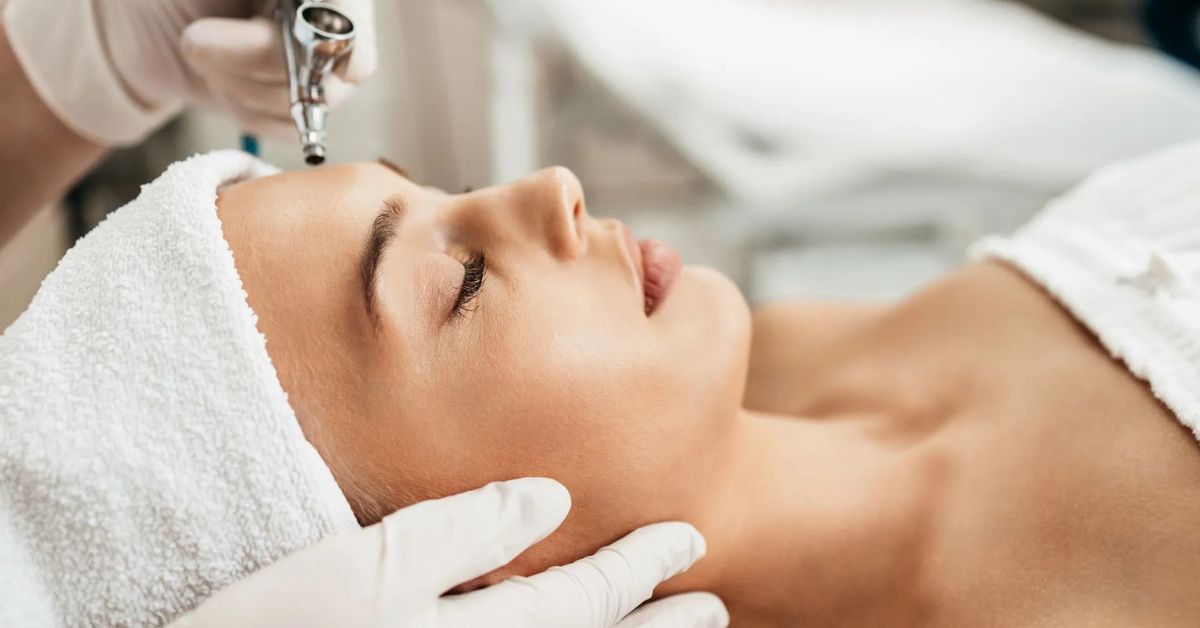Professional skincare treatments have become increasingly popular as people look for faster, more dramatic results than what topical products alone can provide. Whether you’re dealing with acne scars, pigmentation, fine lines, or simply want brighter, smoother skin, professional treatments offer targeted solutions backed by science. However, with so many available—peels, lasers, microneedling, facials—it can be confusing to know which one is best for you.
This guide breaks down the most effective and commonly sought-after skin treatments, how they work, what they’re used for, and what you can realistically expect from them. By understanding each option, you’ll be able to make informed decisions and avoid wasting money on treatments that don’t match your skin’s needs.
1. Chemical Peels
Chemical peels use acids to exfoliate the top layers of the skin. There are three main types: superficial, medium, and deep peels.
How they work:
Acids such as glycolic, lactic, salicylic, or trichloroacetic acid loosen the bonds between dead skin cells, causing them to shed. This reveals fresher, smoother skin underneath.
Best for:
- Uneven texture
- Dullness
- Fine lines
- Acne and post-acne marks
- Mild pigmentation
What to expect:
Superficial peels require minimal downtime and can be repeated every few weeks. Medium peels involve more peeling and redness. Deep peels deliver dramatic results but require significant recovery.
2. Microneedling
Microneedling is one of the most effective treatments for improving skin texture and stimulating collagen.
How it works:
Very fine needles create micro-injuries in the skin, triggering a natural healing response that boosts collagen and elastin production.
Best for:
- Acne scars
- Enlarged pores
- Fine lines
- Stretch marks
- Overall skin rejuvenation
What to expect:
There is some redness and sensitivity for 24–48 hours. Results appear gradually over several weeks as collagen rebuilds.
3. Laser Treatments
Laser therapy is a broad category with various types of devices, each designed for specific concerns.
Ablative lasers (e.g., CO₂, Erbium):
Remove outer layers of skin, ideal for deep wrinkles and scars.
Non-ablative lasers (e.g., Nd:YAG, Diode):
Stimulate collagen without damaging the surface. Less downtime, gradual results.
Fractional lasers:
Treat “fractions” of the skin at a time, balancing effectiveness and recovery.
Best for:
- Wrinkles
- Acne scars
- Pigmentation
- Sun damage
- Skin tightening
What to expect:
Downtime varies widely. Ablative lasers may require 1–2 weeks of healing, while non-ablative lasers may cause mild redness for a day.
4. LED Light Therapy
LED therapy uses different wavelengths of light to target specific concerns.
Red light: boosts collagen and reduces inflammation.
Blue light: kills acne-causing bacteria.
Near-infrared light: improves healing and circulation.
Best for:
- Acne
- Redness
- Mild inflammation
- Supporting healing after other treatments
What to expect:
LED is painless, relaxing, and has no downtime. It’s often used as a maintenance treatment.
5. Hydrafacials
The Hydrafacial has become popular because it combines cleansing, exfoliation, extraction, and hydration in a single treatment.
How it works:
A device uses vortex suction to remove impurities while simultaneously infusing the skin with hydrating serums.
Best for:
- Congestion
- Dullness
- Dehydration
- Rough texture
What to expect:
Instant glow, no downtime, and suitable for most skin types—including sensitive skin.
6. Radiofrequency (RF) Skin Tightening
RF treatments use energy waves to heat deeper layers of skin, stimulating collagen and elastin.
Best for:
- Mild skin laxity
- Fine lines
- Jawline contouring
- Early signs of ageing
What to expect:
Warm sensation, minimal discomfort. Results improve gradually with multiple sessions.
7. Microdermabrasion
Microdermabrasion is a gentle resurfacing treatment that exfoliates the outermost layer of skin using a diamond tip or fine crystals.
Best for:
- Dullness
- Mild texture issues
- Congested pores
What to expect:
It’s quick, non-invasive, and best used as a maintenance treatment rather than for deep concerns.
8. Injectable Treatments: Botox & Dermal Fillers
While not always classified as “skincare,” injectables play a major role in modern aesthetics.
Botox:
Temporarily relaxes muscles to soften lines such as crow’s feet or frown lines.
Fillers:
Restore lost volume, enhance contours, and smooth deeper wrinkles.
What to expect:
Fast results, little downtime, and long-lasting effects when done by a qualified professional.
9. How to Choose the Right Treatment
Here are important factors to consider:
- Your main concern: acne scars need different treatments than pigmentation or sagging.
- Your skin type: sensitive skin may require gentler options.
- Your downtime tolerance: some treatments require recovery time.
- Your budget: certain procedures work best in a series rather than as one-offs.
A consultation with a trained professional ensures you get personalised advice.
10. Combining Treatments for Best Results
Many clinics combine treatments for enhanced outcomes—for example:
- Chemical peel + LED
- Microneedling + RF
- Laser + hydrating facial
Combination therapies often produce faster and more noticeable improvements.
Final Thoughts
Professional skin treatments can deliver impressive results when chosen wisely. Understanding how each treatment works and which concern it targets helps you avoid unnecessary procedures and invest in what truly benefits your skin. Whether you’re looking for texture improvement, pigmentation reduction, anti-ageing support, or overall rejuvenation, there’s a treatment tailored to your needs—and the best results come from a personalised, informed approach.

